💪 Support independent web, support us:
If you have done the things to do in Italy, you’d know there are quite a few of them here in Biella.
Nestled in the heart of northern Italy, Biella is a charming destination bursting with hidden gems waiting to be explored.
From the rolling hills of the Piedmontese countryside to the quaint cobblestone streets lined with artisan boutiques, Biella offers a rich and colorful tapestry of cultural delights just waiting to be discovered.
Whether you are in search of gastronomic adventures, breathtaking views, or simply a place to unwind and soak up the Italian way of life, Biella has something for everyone.
Without further ado listed below are some of the most fun things to do in Biella:
1. Ricetto di Candelo
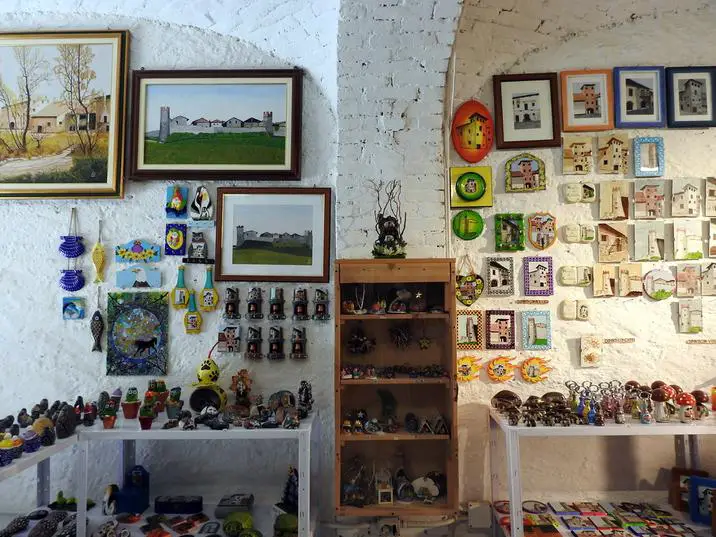
Ricetto di Candelo is a medieval fortified village located in the Piedmont region of Italy. The village dates back to the 13th century and is surrounded by walls that were built for defense purposes.
What to see or do: Explore the narrow streets of the village and admire the well-preserved, stone houses.
Visit the Church of San Lorenzo, which dates back to the 15th century, and the Oratory of San Rocco, which contains beautiful frescoes.
Take in the panoramic views of the surrounding countryside from the top of the walls.
Don’t miss: The Ricetto Festival, which takes place in August and features live music, food, and wine. Also, be sure to try the local specialty, torta di ricotta, a delicious cake made with ricotta cheese.
Insider travel tips: Plan your visit for a weekday if possible, as the village can get quite crowded on weekends. Wear comfortable shoes as the streets can be steep and uneven.
Consider visiting in the fall when the foliage is at its peak.
2. Oropa Sanctuary
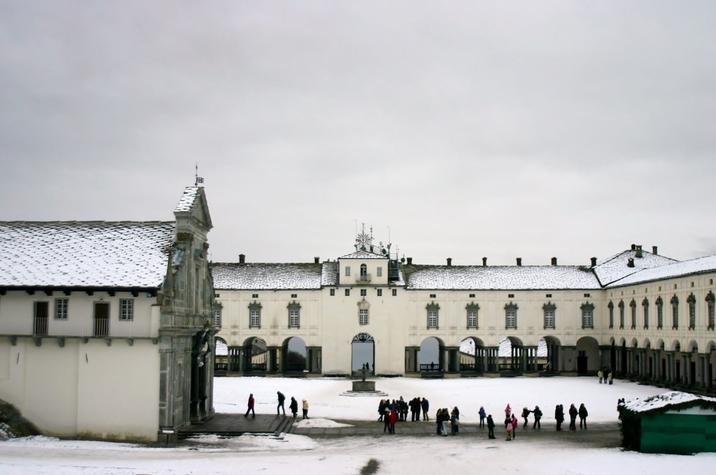
A historic religious sanctuary located in the mountains of Biella, Italy.
What to see or do: Visit the sanctuary’s impressive basilica, take a cable car ride to the summit for stunning views, explore the extensive park and gardens, and learn about the history and traditions of the site.
Don’t miss: The statue of the Black Madonna and the frescoes decorating the interior of the basilica.
Insider travel tips: Wear comfortable shoes and be prepared for some steep uphill walking. Visit during off-peak hours to avoid crowds.
Take part in one of the sanctuary’s special masses or events to experience the site’s spiritual significance.
3. Biella Cathedral

Biella Cathedral is a stunning Roman Catholic cathedral located in the city of Biella in the Piedmont region of Italy.
What to see or do: Visitors can admire the impressive façade of the cathedral, which features a mix of Romanesque and Gothic architecture. Inside, there are beautiful frescoes, stained glass windows, and stunning sculptural works.
The cathedral also features a beautiful baroque chapel and a bell tower, which offers breathtaking views of the city.
Don’t miss: The most notable artwork inside the cathedral is the series of frescoes by Giovanni Battista Tiepolo, which depict scenes from the Old Testament.
The chapel of the Blessed Sacrament is also worth a visit.
Insider travel tips: – Visitors should dress appropriately when visiting the cathedral, as it is a religious site.
4. Sacro Monte di Oropa
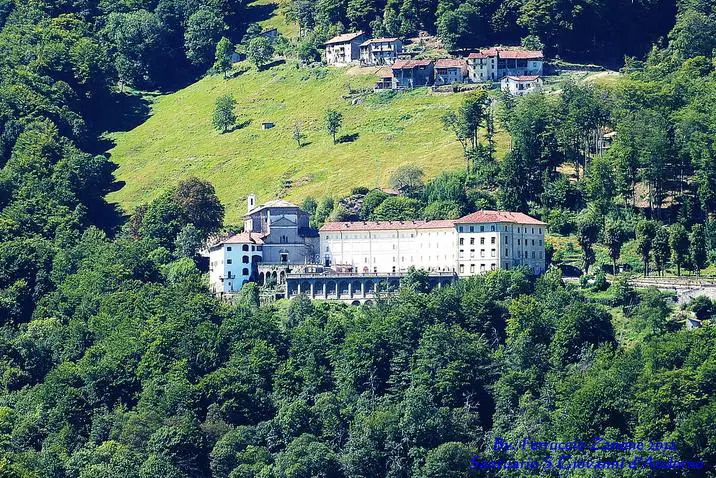
A religious complex and pilgrimage site located in the town of Biella, in the Italian region of Piedmont.
What to see or do: The complex includes a basilica, several chapels and a monastery, all built in a Baroque style.
Visitors can also take a cable car ride to the top of the mountain for breathtaking views of the surrounding landscape.
Don’t miss: The basilica houses a statue of the Black Madonna, which is believed to have miraculous powers. The complex also has a museum with a collection of religious art and artifacts.
Insider travel tips: Wear comfortable shoes as there are many stairs and steep paths to navigate. Also, try to visit during the week when it’s less crowded.
If you’re feeling adventurous, you can hike up to the complex instead of taking the cable car. The trail is about 7 km long and takes around 2 hours to complete.
5. Forte di Bard
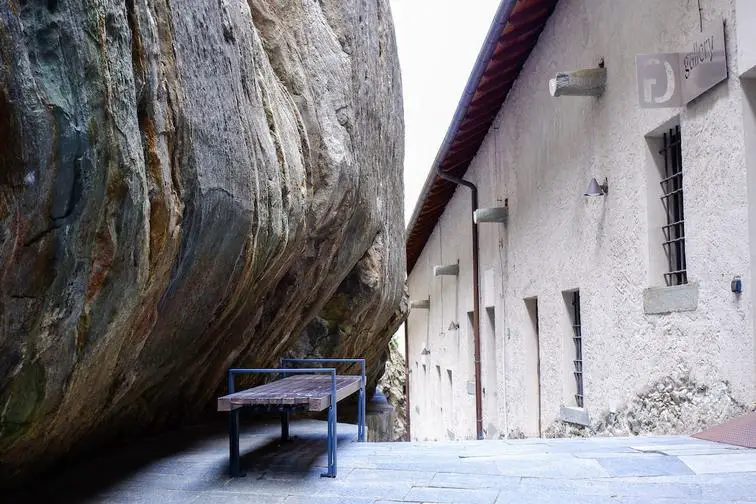
Forte di Bard is a fortified complex located in the town of Bard in the Aosta Valley region of northern Italy.
What to see or do: The fortress now houses a museum dedicated to the history of the Alps. Visitors can explore the various exhibits, artifacts, and installations that showcase the region’s cultural and environmental heritage.
Don’t miss: Don’t miss the chance to visit the Galerie des Glaciers, a long tunnel that leads through the heart of the fortress and provides breathtaking views of the surrounding mountains and valleys.
Insider travel tips: – Consider getting the “Aosta Valley Card” which gives you access to the majority of the Aosta Valley’s museums and heritage sites including Forte di Bard.
6. Castello di Zumaglia
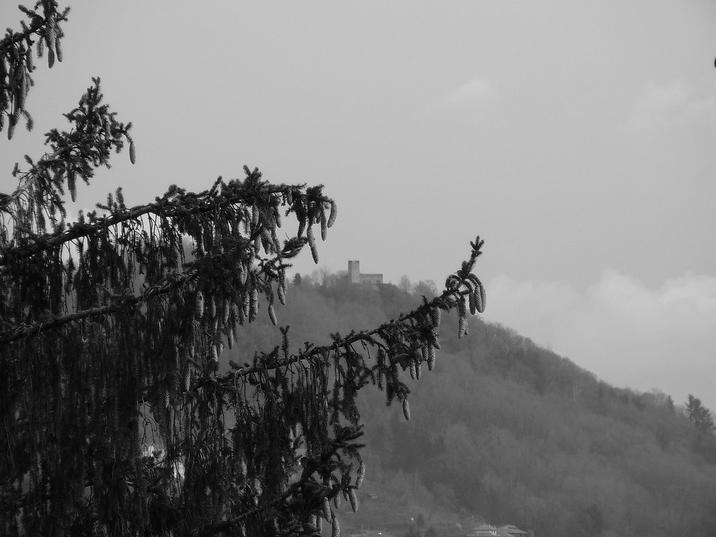
Castello di Zumaglia is a medieval castle located in the town of Zumaglia, in the province of Biella, Italy.
What to see or do: The castle offers stunning views of the Biellese Alps and the surrounding countryside.
Visitors can explore the castle’s 13th-century tower, Romanesque chapel, and various rooms that have been restored and furnished with period furniture.
Don’t miss: Make sure to climb to the top of the tower for panoramic views and snap a photo with the castle’s resident peacocks.
Insider travel tips: Check the castle’s website for special events and guided tours, which may offer a more in-depth look at the castle’s history.
The castle is open from April to November, but check the hours before you visit as they vary by season. Also, wear comfortable shoes as the castle has many steep steps and uneven surfaces.
7. Museo del Lavoro Artistico Contadino
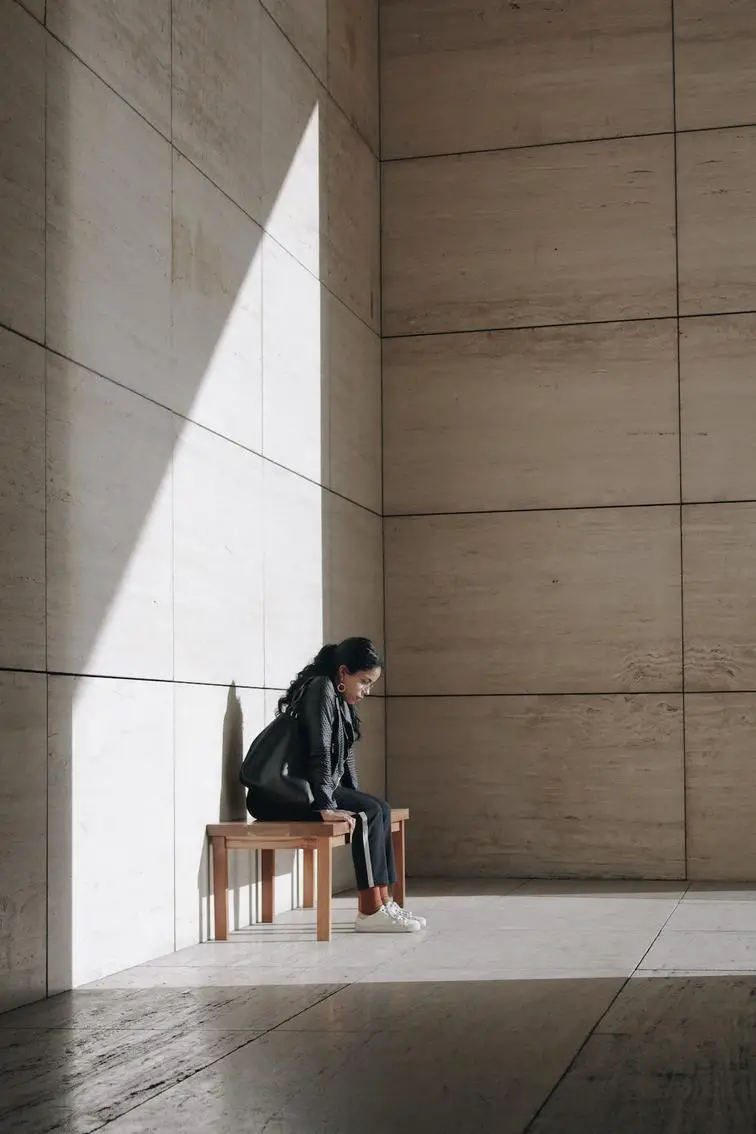
A museum dedicated to showcasing the history and artistry of rural life in Italy.
What to see or do: Visitors can explore the exhibits which feature traditional agricultural tools, textiles, and other artifacts. There are also displays of pottery, woodcarvings, and other artwork created by local artisans.
Don’t miss: The museum’s collection of restored vintage tractors and farm machinery, which is sure to fascinate both young and old visitors.
Insider travel tips: Be sure to take a guided tour of the museum to learn about the history and culture of the region.
The gift shop offers a selection of handmade crafts and local food products, making it a great place to pick up souvenirs to take home.
8. MUSE – Museo delle Scienze di Trento
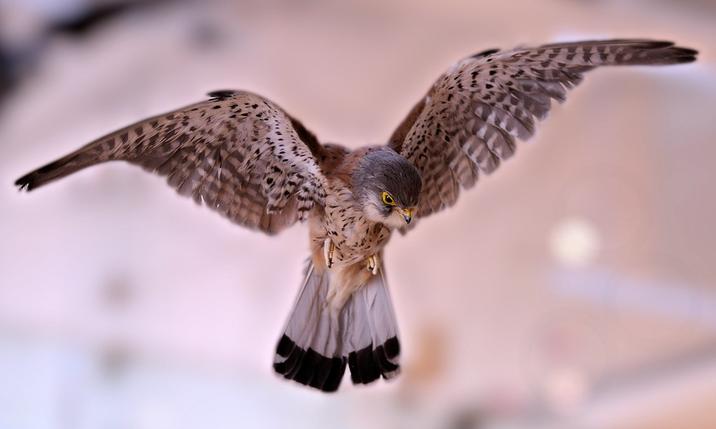
A science museum located in Trento, Italy that features interactive exhibits, educational activities, and workshops.
What to see or do: Explore the diverse collection of exhibits that cover topics such as natural sciences, astronomy, ecology, health, and technology. Participate in hands-on activities and experiments to learn about science in a fun and engaging way.
Don’t miss: The stunning Planetarium with a dome-shaped screen that provides a unique and immersive experience of space and astronomy.
Insider travel tips: Visit the museum during weekdays to avoid crowds. Plan enough time to fully enjoy all the exhibits and activities, as there is plenty to see and do.
Check the museum’s website for special events and exhibitions that may be happening during your visit.
9. Museo Etnografico della Fenice
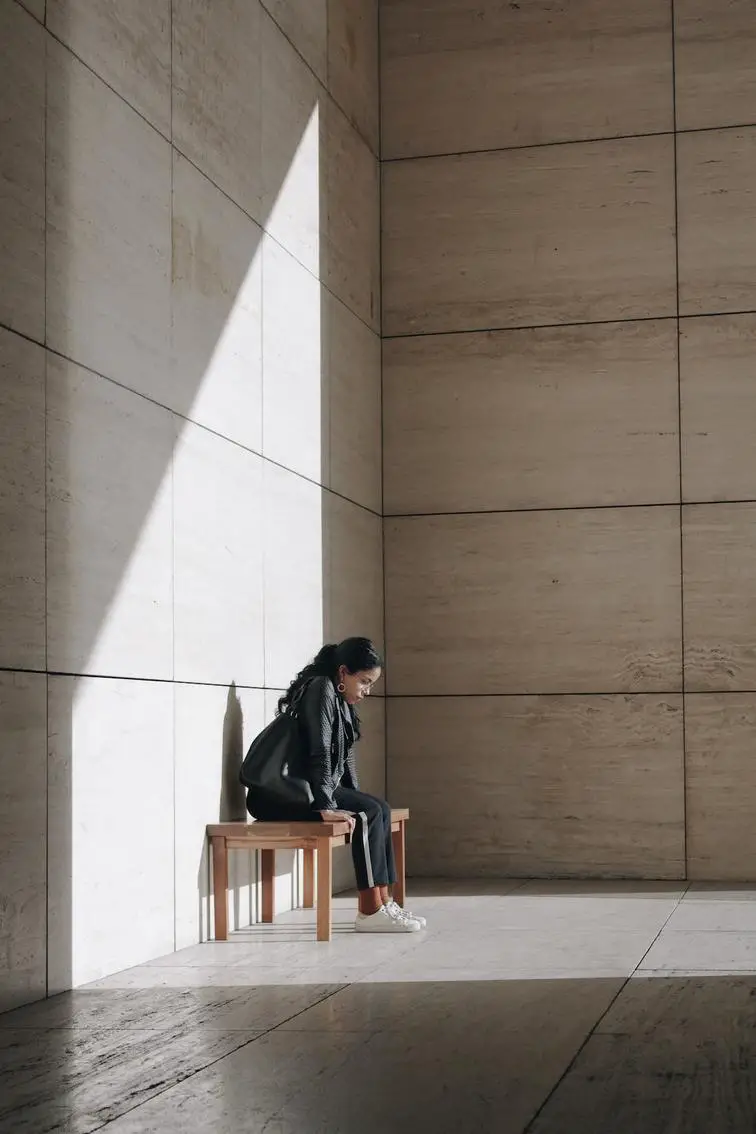
Museo Etnografico della Fenice is a fascinating museum exhibiting a collection of everyday objects and artifacts related to the traditional life of the people living in the mountains and valleys of Biella, Italy.
What to see or do: Visitors can admire various objects, tools, and clothes that showcase the daily life of the locals.
The museum exhibits items used in pastoral and agricultural activities, such as wooden plows and scythes, as well as domestic tools, including spinning wheels and looms.
You can also see traditional costumes, handmade lacework, and embroidery.
Don’t miss: The museum houses a permanent exhibition, but it also features temporary exhibitions often highlighting contemporary art pieces from the local craftsmen.
One of the famous exhibitions, “The art of lace,” showcases local Biella lace.
Insider travel tips: The museum is not large, and you can easily cover it in an hour. It is open from Tuesday to Sunday, 10 am to 12 pm, and 3 pm to 6 pm.
The admission fee is affordable, and it’s a great place to learn more about the local culture and traditions.
10. Museo Civico di Biella
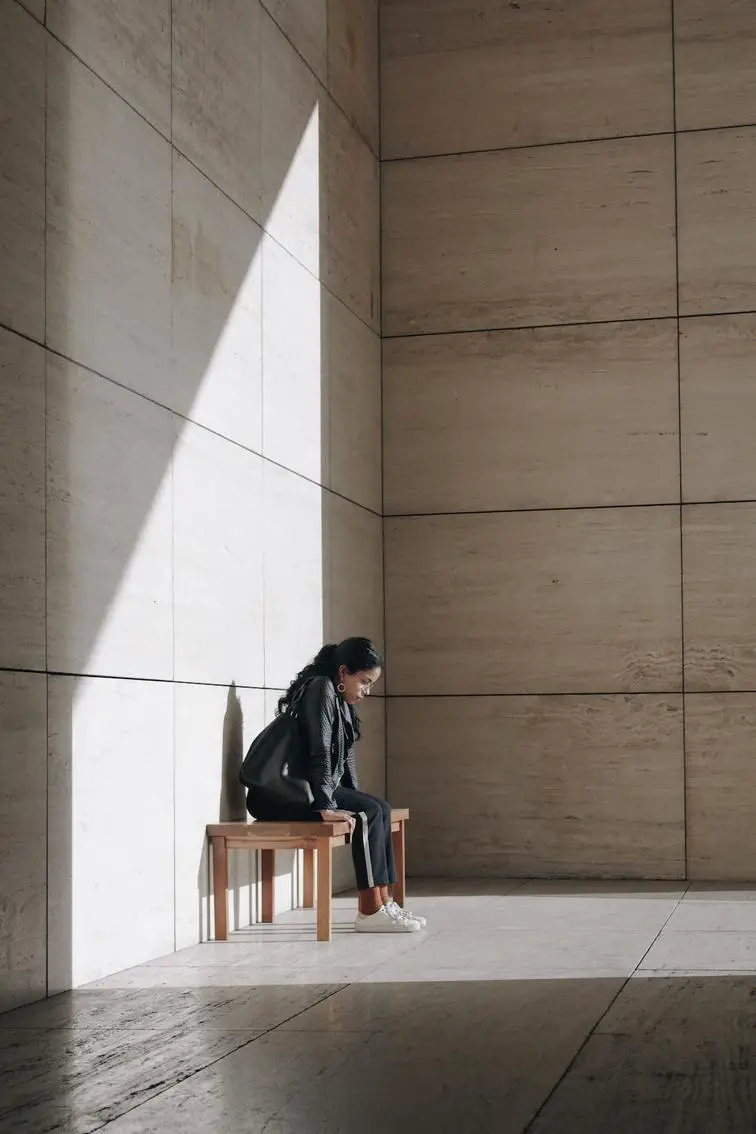
Museo Civico di Biella is a museum located in the city center of Biella, Italy. It showcases a vast collection of art, archaeology, and natural history.
What to see or do: Visitors can explore the exhibits of ancient Roman artifacts, medieval pottery, Renaissance paintings, and modern sculptures. The museum also displays fossils, minerals, and rare botanical specimens.
Don’t miss: Don’t miss the exhibition of the famous “Man of Biella,” a prehistoric skeleton discovered in a nearby cave in the 1990s.
Moreover, the Fred Buscaglione collection, dedicated to the famous Italian singer and actor, is also a must-see.
Insider travel tips: The museum’s entrance is free on the first Sunday of every month. Also, visitors can ask for a guided tour to get a more in-depth understanding of the collections.
The museum has a gift shop where visitors can purchase books, postcards, and other souvenirs.
11. Santuario di San Giovanni d’Andorno
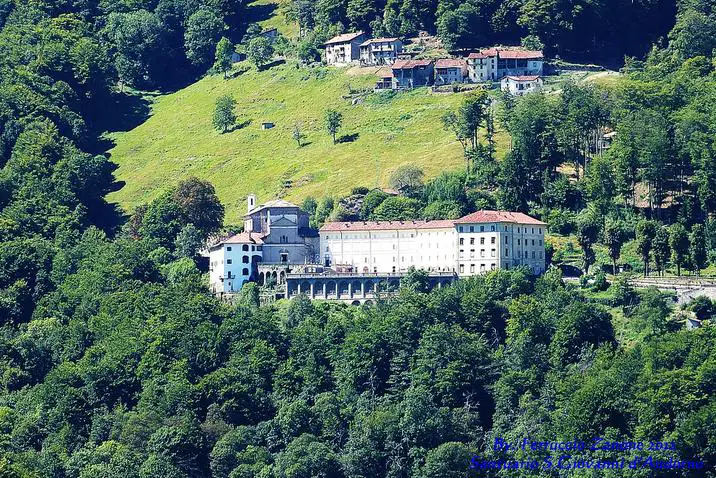
Santuario di San Giovanni d’Andorno is a stunning pilgrimage site and ancient church located in the town of Biella in Northern Italy.
What to see or do: Visitors can marvel at the beautiful frescoes and statues that adorn the interior of the church. The highlight, however, is the crypt, where the remains of San Giovanni are kept.
The crypt is filled with striking medieval frescoes and offers a haunting yet awe-inspiring experience.
Don’t miss: Be sure to take a moment to appreciate the stunning views of the surrounding mountains from the church grounds. The sight of the snow-capped peaks against the azure sky is nothing short of breathtaking.
Insider travel tips: – Check the church’s schedule before visiting, as it may be closed for special events or religious ceremonies.
12. Casa Zegna
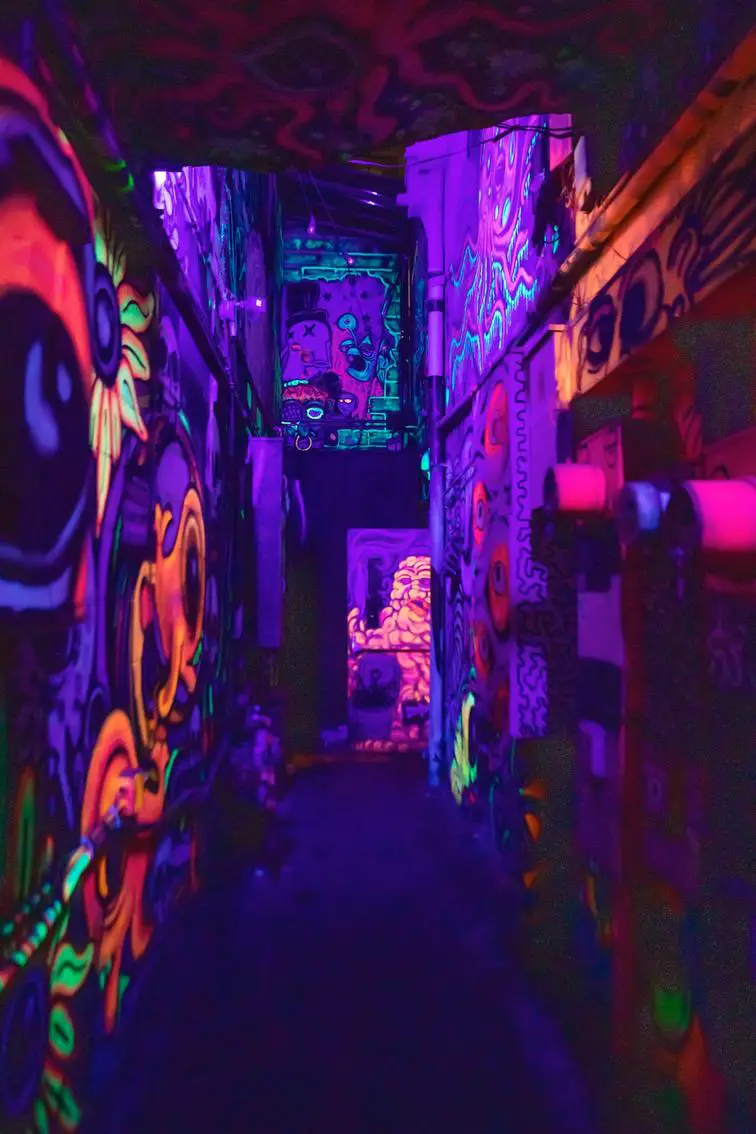
Casa Zegna is a cultural center located in Trivero, near Biella, dedicated to the history and innovation of the luxury fashion brand Ermenegildo Zegna.
What to see or do: Visitors can explore the exhibition spaces showcasing the history of the Zegna family and their fashion brand, as well as the century-old wool mill and weaving factory.
There are also art exhibitions, a library, and a store selling exclusive Zegna products.
Don’t miss: The Wool Mill tour, where visitors can observe the entire production process of Zegna fabrics and learn about the different types of wool.
Also, the chance to stroll through the surrounding hills and woods to admire the beautiful landscape that inspired Ermenegildo Zegna.
Insider travel tips: Be sure to book the Wool Mill tour in advance, as spots fill up quickly. Also, take advantage of the guided tours to fully appreciate the history and significance of Casa Zegna.
Finally, don’t forget to visit the open-air installation “Oasi Zegna”, which is a nature reserve created by the Zegna family in 1993.
13. Palazzo La Marmora
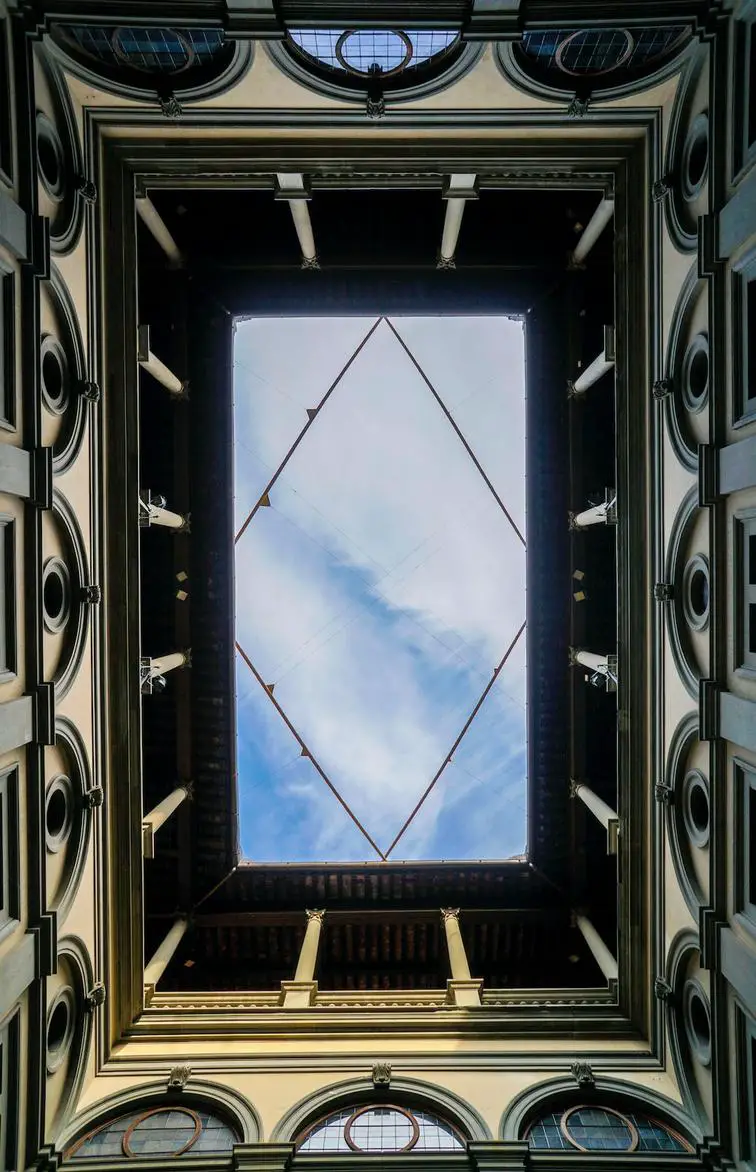
Palazzo La Marmora is a historic palace in Biella, Italy, that has been recently restored and opened to the public.
What to see or do: The palace houses several museum collections covering different aspects of local history and culture, including art, archaeology, and textile manufacturing. Visitors can explore the elegant rooms and galleries, featuring original furnishings, paintings, and decorative objects.
Don’t miss: The Textile Museum, which showcases the traditional craftsmanship and industry of Biella’s famous wool and cashmere fabrics.
The museum displays ancient and modern textiles, tools and machines, and multimedia installations that highlight the artistry and innovation of the local weavers.
Insider travel tips: – Check the museum’s opening hours and ticket prices before visiting, as they may vary depending on the season and temporary exhibitions.
14. Galleria Civica d’Arte Moderna e Contemporanea di Torino – GAM

The Galleria Civica d’Arte Moderna e Contemporanea di Torino, also known as GAM, is an art museum located in Turin, Italy.
The museum features a collection of modern and contemporary art.
What to see or do: The museum showcases a vast collection of artworks from the 19th, 20th, and 21st centuries, including paintings, sculptures, installations, and photographs.
Visitors can explore the various exhibitions, which include works by prominent Italian and international artists. The museum also hosts temporary exhibitions throughout the year, featuring both emerging and established contemporary artists.
Don’t miss: Don’t miss the opportunity to view the iconic art pieces of Piero Manzoni, Giorgio Morandi, and Arte Povera, which are on display in the permanent collection area of the museum.
Additionally, the museum’s architecture is a sight to marvel at in itself as it features a beautiful 19th-century building embellished with modern features.
Insider travel tips: Before visiting the museum, check their website for up-to-date information on exhibitions and special events. If you’re a student, remember to bring your valid student ID to receive discounted admission.
Also, if you plan to visit other museums in Turin, consider purchasing a museum pass as it offers free or reduced admission to many of the city’s cultural institutions.
💪 Support independent web, support us: